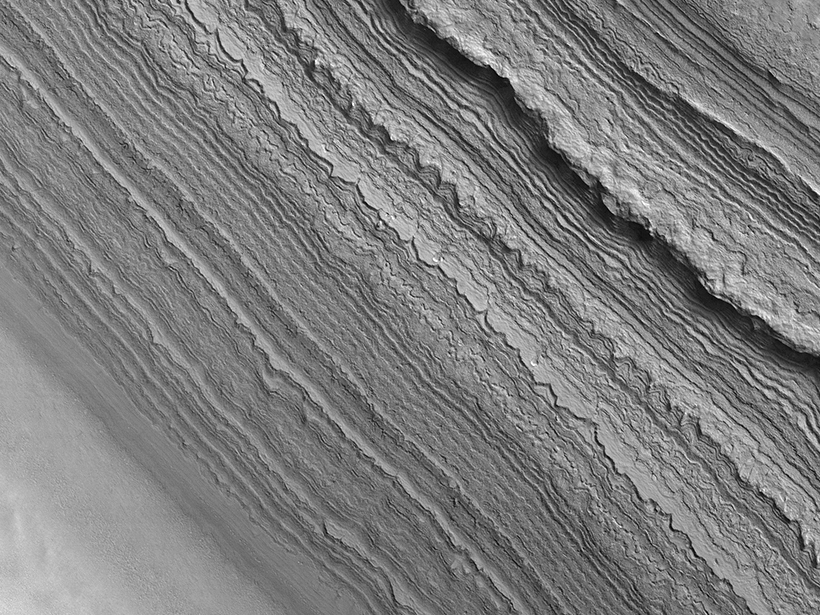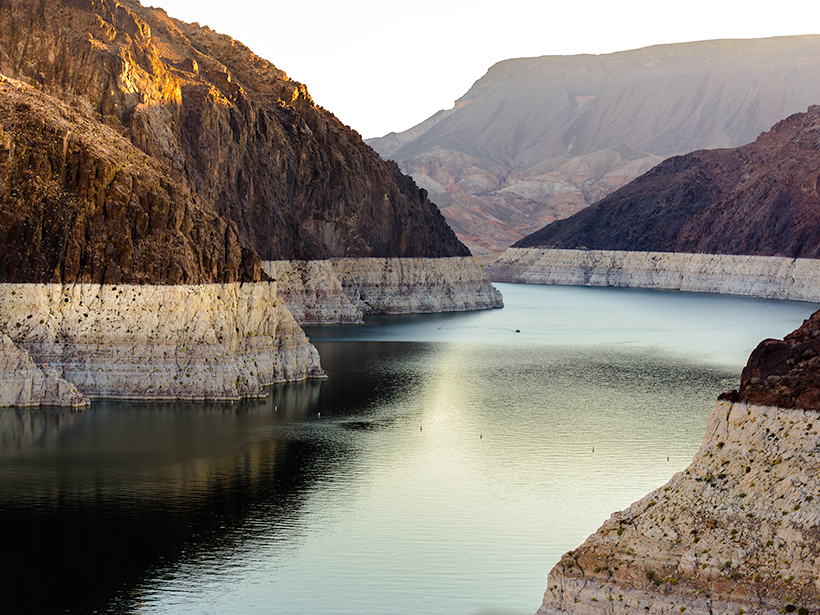The second-generation Antarctic Digital Magnetic Anomaly Project offers a powerful new tool for probing the structure and evolution of the southernmost continent’s lithosphere.
Terri Cook
Terri Cook is an award-winning freelance writer whose career has focused on exploring and explaining the 4.5-billion-year-history of the remarkable planet we live on. Cook, who has an M.S. degree in Earth science from the University of California, Santa Cruz, writes about geology, ecology, and the environment—as well as wine, tea, hiking, and biking—for a diverse group of publications, including Eos, Scientific American, NOVA Next, Science News, and EARTH magazine, as well as Avalon Travel and numerous other travel-related publications. Her reporting has taken her to 25 states and 20 countries scattered across 5 continents, from the depths of the Grand Canyon to the sandy Australian Outback to the mist-shrouded summit of Bali’s Mount Batur. As the coauthor of three popular guidebooks, including Hiking the Grand Canyon’s Geology and Geology Underfoot Along Colorado’s Front Range, Cook gives frequent presentations about geology and science communication. She is the recipient of a 2016 European Geosciences Union Science Journalism Fellowship and is based in beautiful Boulder, Colo.
Wind Speed Governs Turbulence in Atmospheric Inversions
Measurements made during a field campaign in Idaho indicate that the speed of winds 2 meters above Earth’s surface determines the type of turbulence present in nighttime inversions.
Autumn Warming No Longer Accelerating Carbon Loss in the North
An analysis of Point Barrow’s 40-year record points to the importance of calculating the carbon cycle’s response to temperature during the northern latitudes’ non-growing season.
Evidence of Regional Deposition in Mars’s South Polar Deposits
Shallow Radar correlation of discrete units in one of the Red Planet’s largest ice reservoirs suggests that its material was emplaced as a single, regional deposit.
Scraping Bottom: Iceberg Scours Reveal North Atlantic Currents
A 3-D seismic analysis of Pleistocene iceberg gouges indicates that surface currents in the Norwegian Sea flowed northward and remained consistent during numerous glacial cycles.
How Are Sediment Pulses Generated?
A new long-term flume experiment shows that bed load gravel travels downstream in recurring, 10-hour pulses even when water flow and sediment supply are constant.
On the Origin of Infragravity Waves
Seafloor pressure sensor data show that long-period ocean surface waves radiating from the world’s shorelines are mostly reflected back to shore by the continental shelf edge.
Measurements of Kelvin-Helmholtz Waves in Earth’s Magnetic Field
Simultaneous satellite observations from different distances of Earth’s magnetic tail offer insight into how these instability waves evolve through time and space.
Glacial Meltwater Plumes Support Greenland Phytoplankton Blooms
Field measurements from the Bowdoin Glacier show that entrainment of deep water into upwelling glacial discharge delivers crucial nutrients to the surface of the surrounding fjord.
Evaluating the Accuracy of Seasonal Climate Predictions
An analysis of historical modeling outputs is improving our understanding of the relationships between different types of seasonal forecasting skills.










